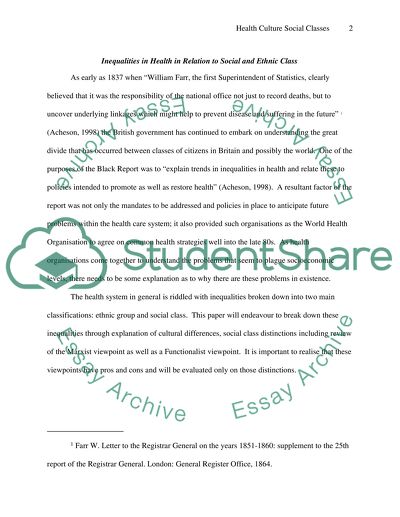Cite this document
(“Health Culture Social Classes Essay Example | Topics and Well Written Essays - 1500 words”, n.d.)
Retrieved from https://studentshare.org/sociology/1526157-health-culture-social-classes
Retrieved from https://studentshare.org/sociology/1526157-health-culture-social-classes
(Health Culture Social Classes Essay Example | Topics and Well Written Essays - 1500 Words)
https://studentshare.org/sociology/1526157-health-culture-social-classes.
https://studentshare.org/sociology/1526157-health-culture-social-classes.
“Health Culture Social Classes Essay Example | Topics and Well Written Essays - 1500 Words”, n.d. https://studentshare.org/sociology/1526157-health-culture-social-classes.


